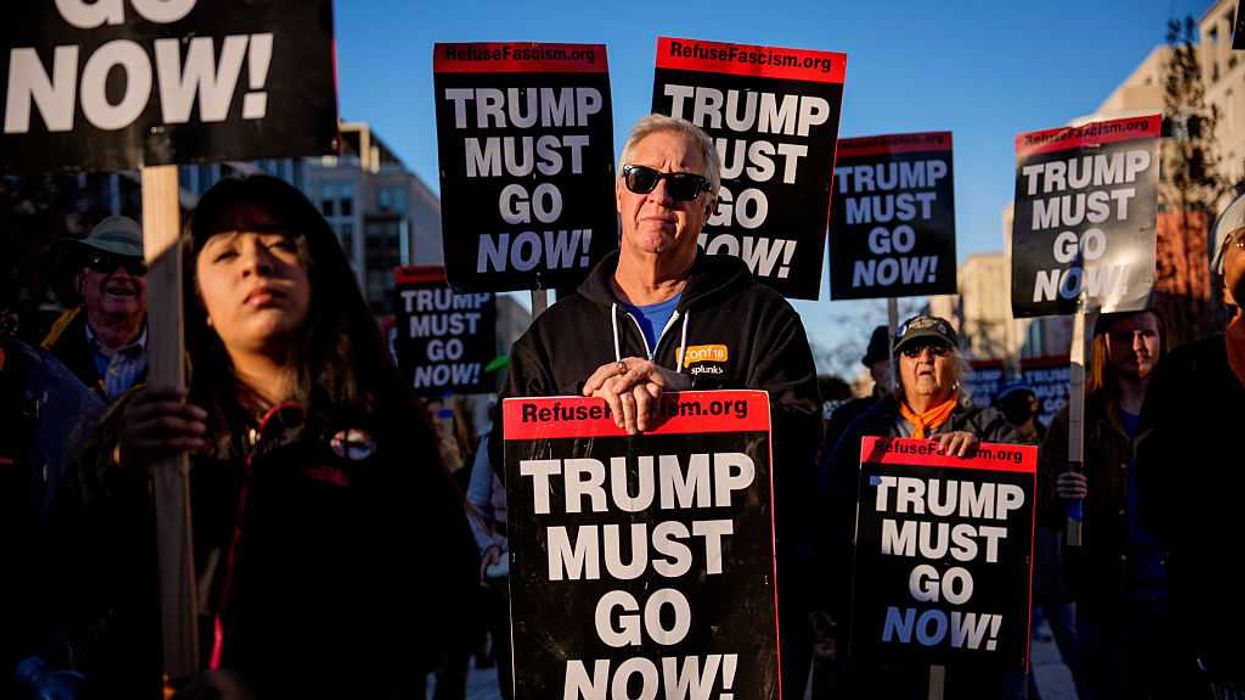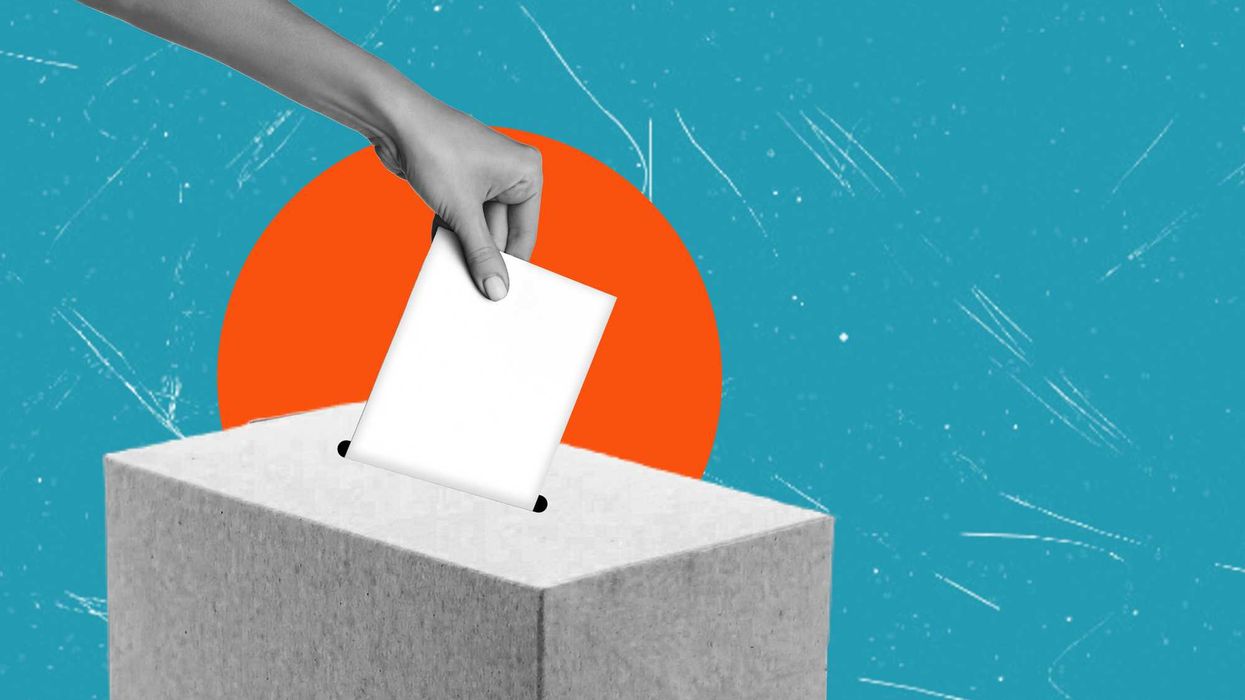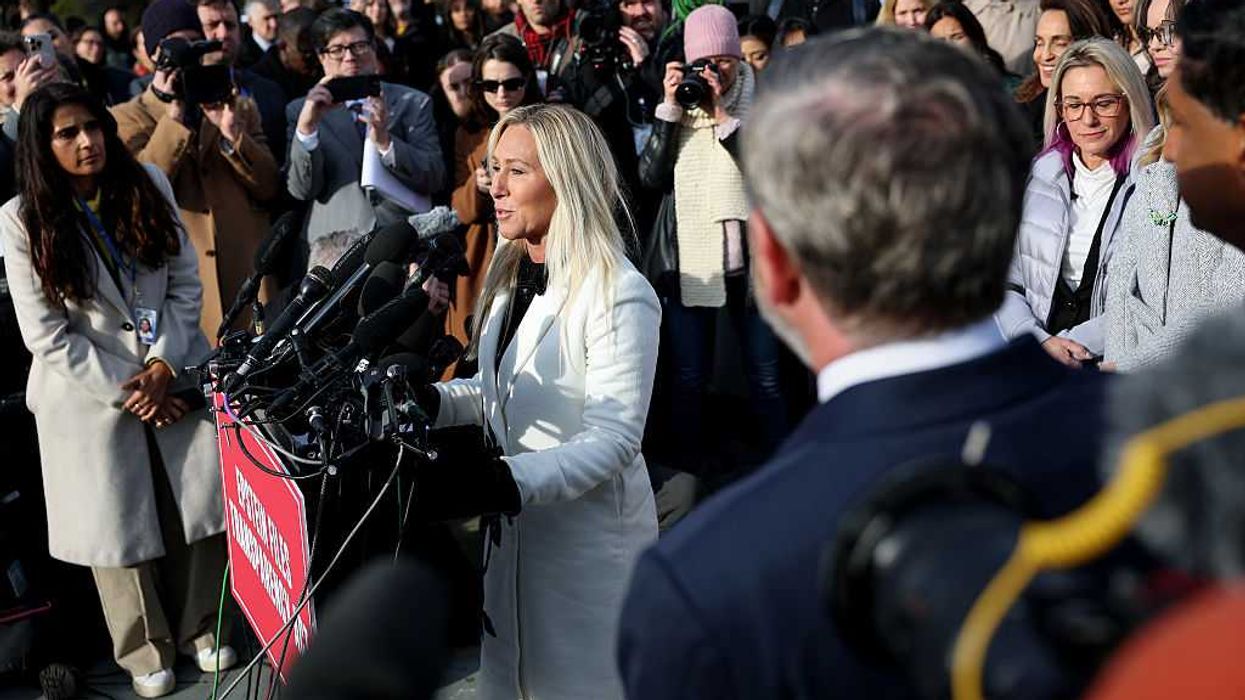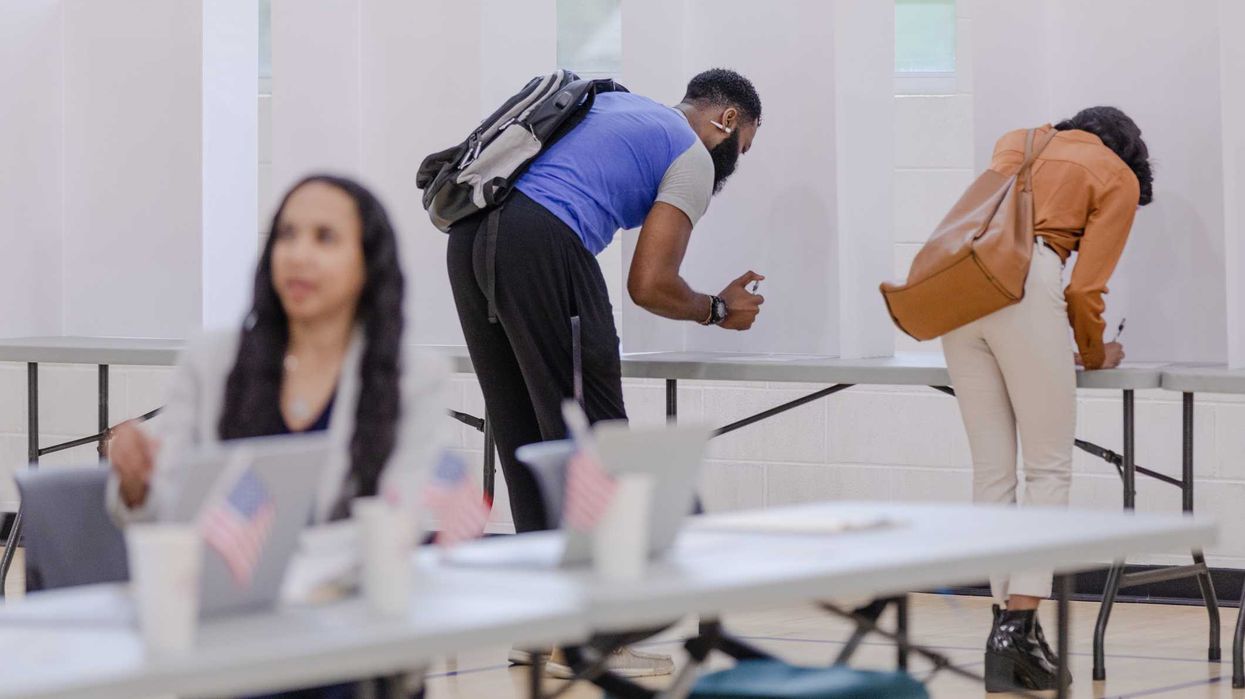Partisan gerrymandering — where one party gains an unfair advantage by redrawing political maps to favor its candidates— is unpopular with voters, but widespread in many states. We examine why this process devalues democracy, and how data science is being used across the country to expose many of the most egregious examples, and help voters advocate for fair and transparent redistricting.
Every decade, legislators across the country come up with maps for state and congressional districts. The latest round of changes, due to be finished well before primaries are held before the 2022 midterm elections in November, is facing widespread criticism. Redistricting reformers also see strong ties between partisan and racial bias.
Our guest in this episode shows citizens how they can fight back against local examples of gerrymandering by both Democrats and Republicans. Professor Sam Wang oversees the Princeton Gerrymandering Project, which runs an informative website that helps voters in every state decide if they live in an unfairly drawn legislative or Congressional District.
Listen now



















